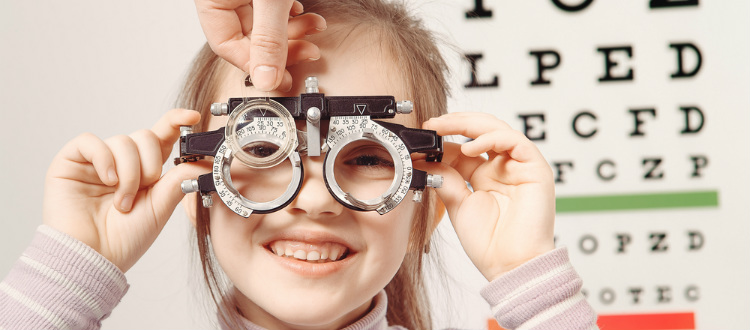

He is board certified by the American Board of Ophthalmology and is a certified Master of Surgery by the University of Bombay. Khanna is also a voluntary member of the UCLA faculty and is an Internationally recognized top Lasik, presbyopic implants in the eye (PIE), and Refractive vision care specialist. He went on to complete a fellowship training in corneal and refractive surgery from the University of Cincinnati in Ohio and a Neurophthalmology fellowship from Kingsbrook Jewish Hospital in New York City. Khanna completed his first Ophthalmology Residency in Mumbai and his second Ophthalmology Residency at SUNY Downstate in New York City. Khanna specializes in Lasik, cataract, and refractive eye surgery as well as treatments for presbyopia and keratoconus. Rajesh Khanna is a board certified Ophthalmologist and the Founder of Khanna Vision Institute in Los Angeles, California. These limitations will directly cause problems in eye-hand coordination, depth judgments, orientation, balance, mobility, and activities of daily living such as playing sports, driving, climbing stairs, crossing the street, threading a needle etc.This article was co-authored by Rajesh Khanna, MD and by wikiHow staff writer, Christopher M. Monocular vision, as opposed to binocular vision, will affect the individual primarily in two ways absence of stereopsis and reduction of the peripheral field of vision.

Although patching is effective in eliminating diplopia it causes the patient to become monocular. In this population of patients, patching has frequently been used to eliminate the diplopia. If lenses, prisms, and/or a course of Vision Therapy are not successfully undertaken and applied, the result is often what’s called intractable diplopia. If and when these means are not employed, the patient may be able to adapt by suppressing the vision of one eye to eliminate the diplopia. Prisms and special lenses can be used to help the patient achieve fusion (alignment of the eyes) and alleviate the diplopia. Jennifer Catalasan has the expertise to diagnose and treat BVD, few eye doctors have the skills to detect BVD.ĭouble Vision (Diplopia) And Brain Injuryĭiplopia, or, “double-vision” is a very common result of a brain injury. In addition, eye misalignment can be so minimal and unnoticeable by the naked eye that many patients go undiagnosed, or even misdiagnosed, for years. For example, students entering competitive universities may suddenly notice symptoms as they place abnormal stress on their eyes and concentration. The severity of symptoms can depend on how one’s eyes & brain work as a team and/or outside factors that can add to the stress. Since binocular vision dysfunction results from a misalignment of the eyes, there is no clear indicator at what point symptoms may occur. Patients who suffered from a traumatic brain injury (TBI) or Post Concussive Syndrome, symptoms are typically noticeable right away.

Often, the loss of binocular vision can start in childhood, yet the symptoms may only become noticeable at a later point in time. While only a handful of eye doctors have specialized in neuro-visual optometry, the latest studies associate many of the most common visual disorders under binocular vision dysfunction.


 0 kommentar(er)
0 kommentar(er)
